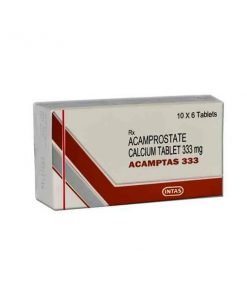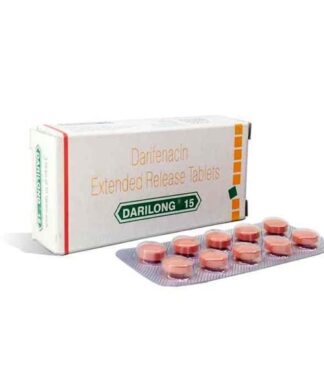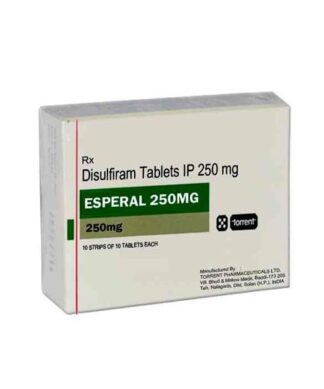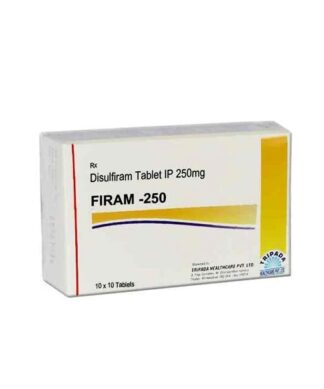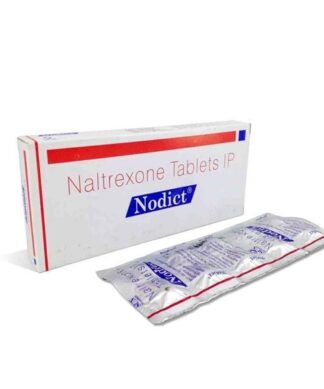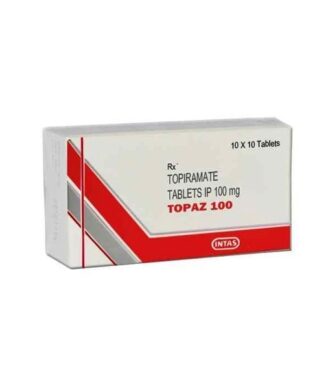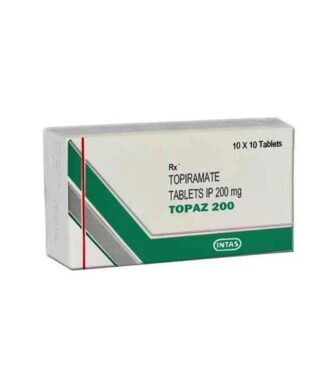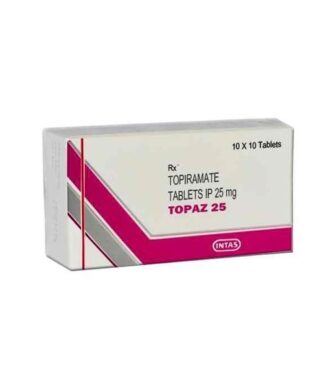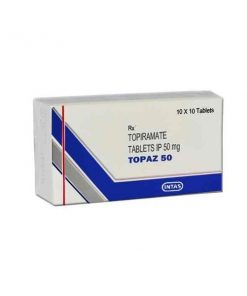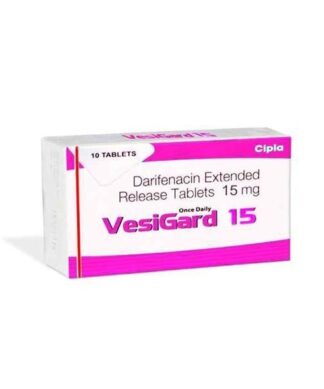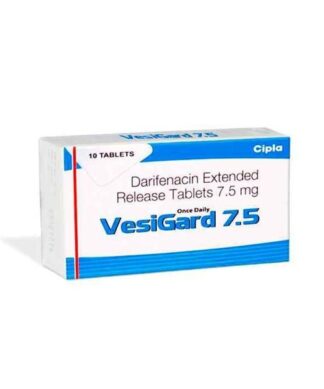Symptoms
- Mild severity occurs in alcohol use disorder when there are few symptoms, while severe severity occurs when there are a large number of symptoms.
- You are likely developing dependence on alcohol when you are unable to stop drinking because you do not want to.
- If you are looking to minimize how much alcohol you consume and you become fatigued every time you try to achieve this.
- Drinking, obtaining alcohol, and recovering from alcohol use move us back and forth, spending long periods of time.
- An intense desire or wish to consume alcohol is the feeling experienced.
- Consistent intake of alcohol can cause a person to miss important responsibilities such as work deadlines, dropping grades at school, or family obligations.
- Despite being aware that alcohol is causing physical, interpersonal, vocational, or relationship issues, you still continue to consume it.
- One of the fatal consequences of alcohol is removing or reducing social contacts and giving up daily hobbies for drinking.
- The reason for drinking alcohol in unsafe places, such as when driving or swimming, is an affirming action to drink.
- Increasing tolerance to alcohol leads to needing a higher dose to feel the effect or to reduce the effect from the same amount.
- Even if you go hours without drinking, you may still experience withdrawal effects (such as nausea, sweating, and shaking) or you might drink to avoid these effects.
- Alcoholism can involve binge drinking (alcoholic intoxication) accompanied by symptoms of alcohol withdrawal.
Options for Treatment
- When we ask respondents how they treat alcohol issues, they most commonly see 12-step programs or 28-42-day inpatient rehabs. And some respondents might not know that there can be other options.
- In reality, there are several treatment procedures currently existing, because we have made great progress in the field of this disease in recent years.
- Lastly, we must make the decision "on-the-spot" and what is suitable for one person may not be a good match for someone else. Knowing, or even simply being aware of the order of options, can be the first point of success.
Types of Treatment
Behavioral Treatments
- Behavior-focused therapies target correcting alcohol-related behavior using one-to-one counseling as well.
- Health professionals are behind the initiatives and some studies have been showing they could have benefits. Get the rest of the entire essay from our academic experts.
Medications
- Primary care physicians or other health professionals prescribe three medications in the US now for people in order to break their drinking habits and accelerate the process of recovery. These medications are administered alone or in conjunction with counseling.
Mutual-Support Groups
- Fellowship programs like AA and 12-step programs offer an avenue where people can join and help fellow persons who are trying to quit or reduce the amount of alcohol intake.
- Encourage these programs together with health professionals’ treatment of this symptom; mutual-support communities will be another valuable level of service.
- Researchers often find it hard to establish the success track of mutual-support groups versus the one that has been developed by experts in the healthcare domain due to the anonymity of these groups.
- Teens usually initiate alcohol use, but individuals more frequently experience it in their 20s and thirties. Although it can begin at any point in an individual's life.
Risk Factors
Risk factors for alcohol use disorder include:
Drinking alcohol steadily over time. Excessive or regular consumption of alcohol over a long period can cause alcohol-related problems and the development of alcohol use disorder, which are observed in binge drinkers.
Start drinking as early as possible. Those who start drinking, mostly engaging in binge drinking, at a young age are at a high risk of developing alcohol use disorder.
Family history. Genetic and environmental factors predispose individuals to alcohol use disorder when they have a history of excessive or risky alcohol consumption in their closest relatives. Moreover, the implication of genetic factors contributes to the overall risk.
Depression and other mental health problems. Among the common e-health challenges are individuals with mental health disorders like anxiety, depression, schizophrenia, or bipolar disorder, who also struggle with alcohol or substance abuse.
History of trauma. Individuals with a history of emotional trauma or other forms of trauma are more susceptible to developing alcohol use disorder.
Undergoing bariatric surgery. Some research has shown that bariatric surgery could increase the risk of alcohol use disorder or that if an individual has recovered from a similar condition, a surgical procedure could influence the recurrence of the condition.
Social and cultural factors. Seeking friendship or an intimate partner who frequently drinks alcohol may increase the chances of developing alcohol use disorder. Another way that the media can play a persuasive role is through the glamorous portrayal of excessive alcohol consumption. The influence of parents, peers, and other influential individuals can create risks at a young age.
FAQs-
Which is the most successful type of treatment for alcoholism?
The most successful types of treatment for alcoholism often involve a combination of therapy, support groups like AA, and medication when appropriate.
Which behavior is most likely to indicate alcohol abuse?
Alcohol abuse can be indicated by behavior such as drinking in hazardous situations, neglecting responsibilities, or experiencing legal or relationship problems.
What is the first stage in the treatment of alcoholism?
The first stage in the treatment of alcoholism is typically detoxification, which involves safely removing alcohol from the body.
What is considered a heavy drinker?
A person who drinks heavily is defined as someone who consumes alcohol in quantities that are beyond the level of suggested limits, usually more than 14 standard drinks per week (His average weekly intake) and (Her average weekly intake).
What is a chronic alcoholic?
A chronic alcoholic is someone who compulsively drinks despite negative consequences on health and life.
What are the 3 types of alcoholic?
The three types of alcoholics: functional, binge, and chronic, vary in drinking patterns and consequences.
What are the first signs of liver damage from alcohol?
The first signs of liver damage from alcohol can include fatigue, jaundice (yellowing of the skin and eyes), abdominal pain and swelling, nausea, and loss of appetite.


